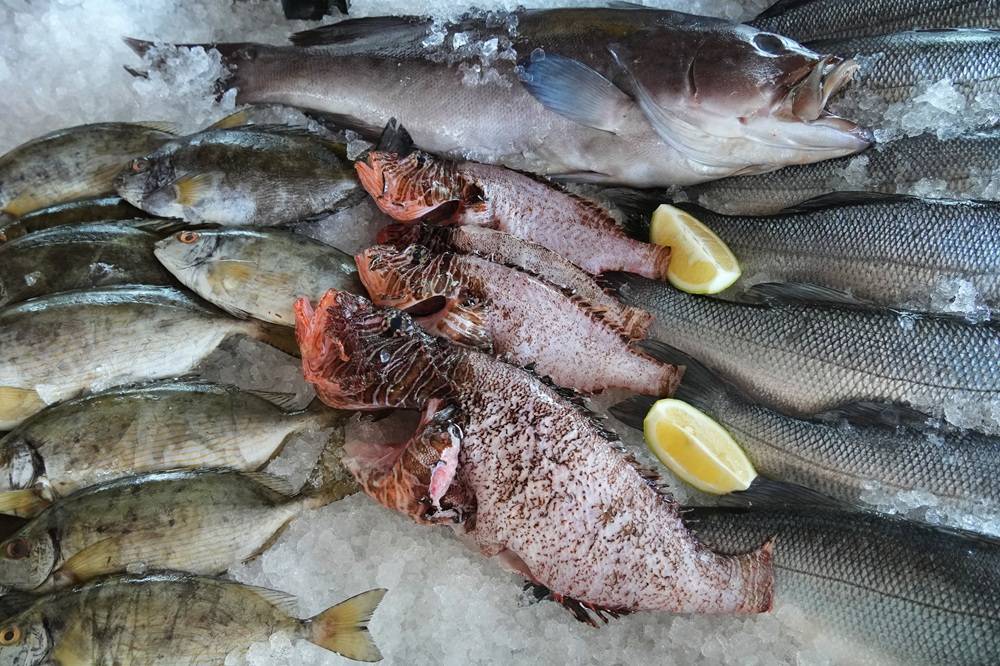Noor Riyadh festival, which is held in 13 locations in the Saudi capital, aspires to send a message of hope and promote environmental sustainability to the people of Riyadh.
Twenty-six major artists from more than 20 countries across the globe- 40 percent of them Saudis- will participate in the lighting festival on Thursday, which is scheduled to run for 17 days.
Among the names taking part in the festival are the French conceptual artist Daniel Buren and the two Russian artists Ilya and Emilia Kabakov. Germany's Carsten Holler, as well as Yayoi Kusama and Dan Flavin will also be part of the festival.
Rashed Al-Shashai, Lulwah Al-Homoud, Ahmed Mater, Ayman Al-Zedani, Maha Malluh, Dana Awartani, Marwah Al-Mugait, Ali Al-Razza'a, Sultan bin Fahad and Talal Al-Zeid are among the Saudi names that will take part in the festival.
Additionally, the work of the late artist Muhammad Al-Salim, a pioneer in plastic art, will be on display in the exhibition.
Al-Shashai, whose artwork is known to highlight the human existence and the functions of society, told Asharq Al-Awsat about his artwork that will be on display at the festival.
"My work will be under the theme Searching for Darkness."
Al-Zedani pointed out to Asharq Al-Awsat that the festival will be a platform for global cultural exchange, making it a fertile environment for cooperation, learning and entertainment.
He explained that his work is a film under the theme "Earthseed," a three-channel installation video commissioned by the Royal Commission for Riyadh. The short film blends real science and futuristic science fiction to speak about the effects of climate change on the region.
Al-Homoud is proud of taking part in the festival alongside an array of artists from the Kingdom and the world. She indicated that working on her piece has been a new experience, as it is an interactive mobile piece that allows viewers to exist in a world of lines and abstract shapes whose movement resembles that of the universe. An animation displayed on a circular screen, the idea is based on language and the relationship between the finite and the infinite, as it starts from a single point and moves to meanings and ideas without limits.
Malluh submitted a series or group of photographs, "Capturing Light", and she tells Asharq Al-Awsat: "Since I started working with traditional black and white photography, and over the years, I became very interested in the relationship between light and shadow, and the lack of possibilities and places in my city. I built a darkroom for development in order to develop and print my own photos. For me, it was the only way to control both the quality and content, which are the most important qualities in the production of fine art. My fascination with photography grew and developed through my interest in combining collage and photography."










